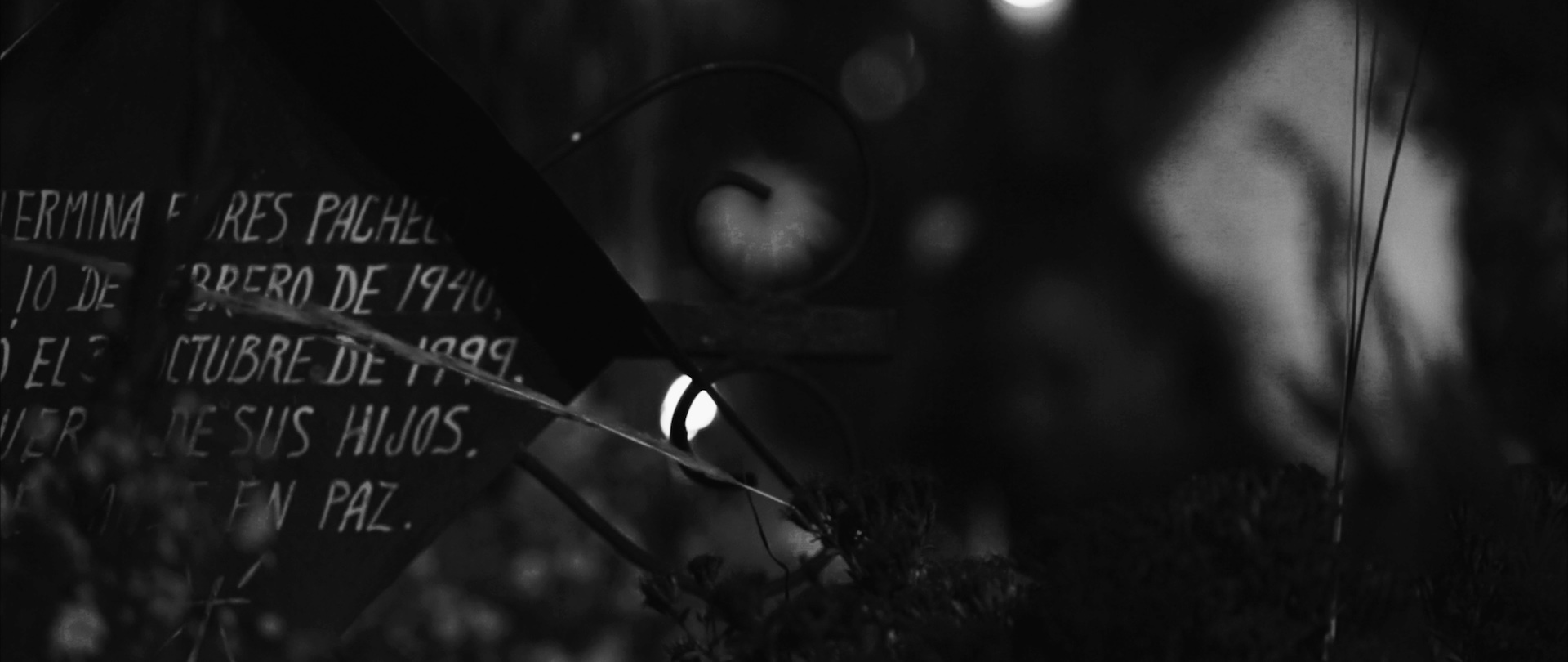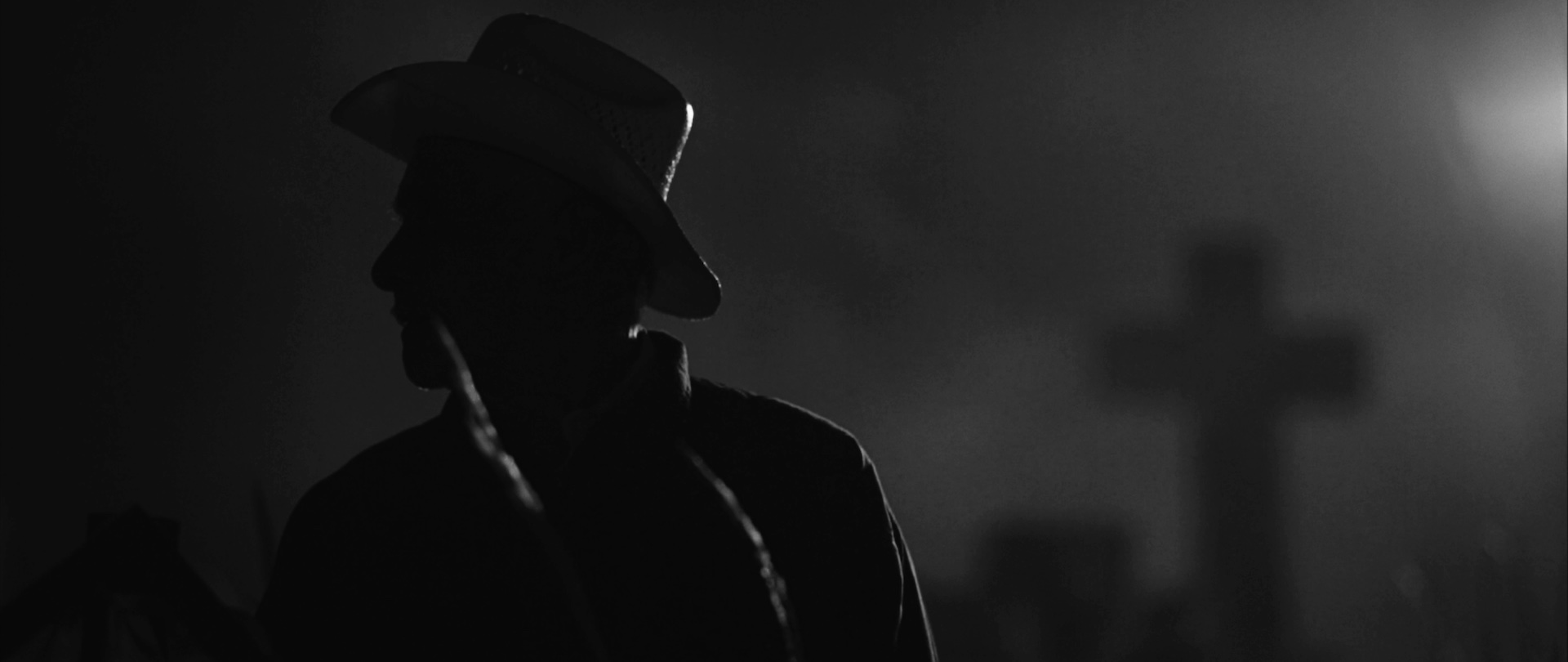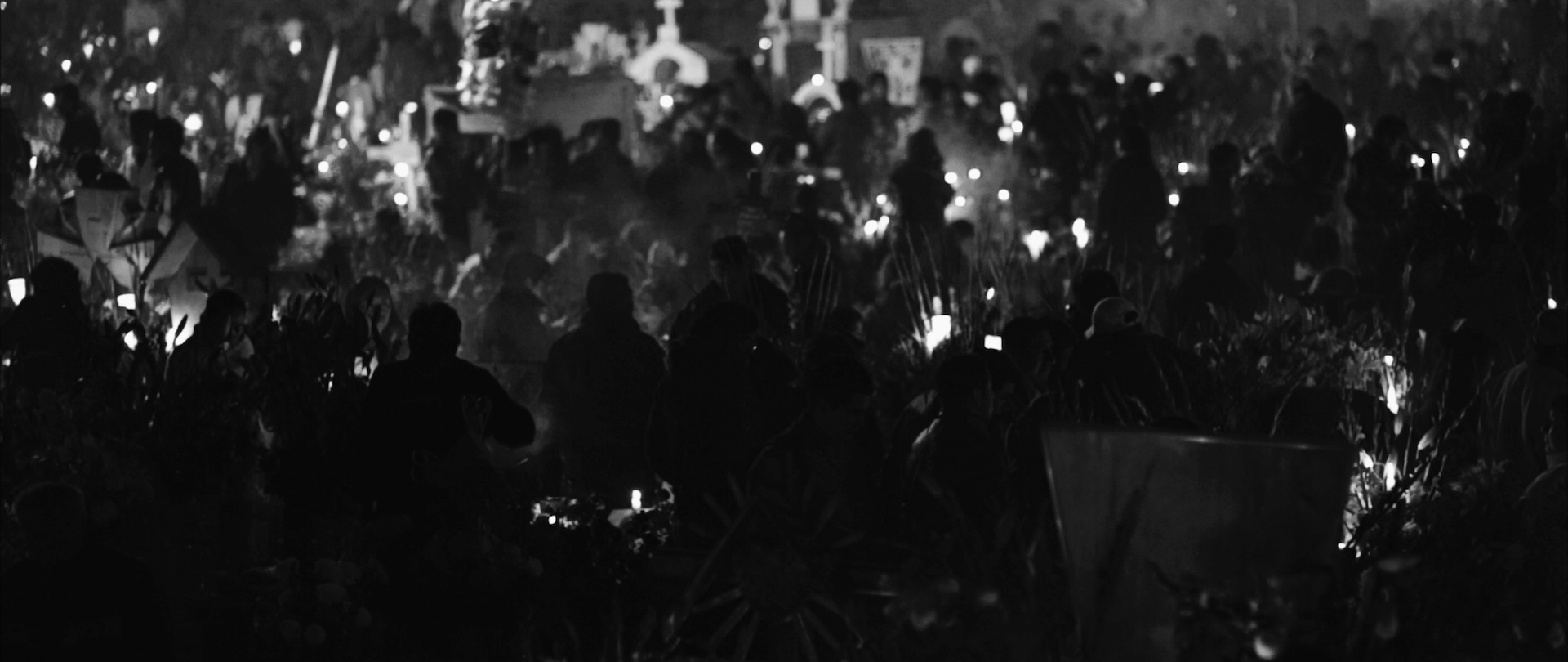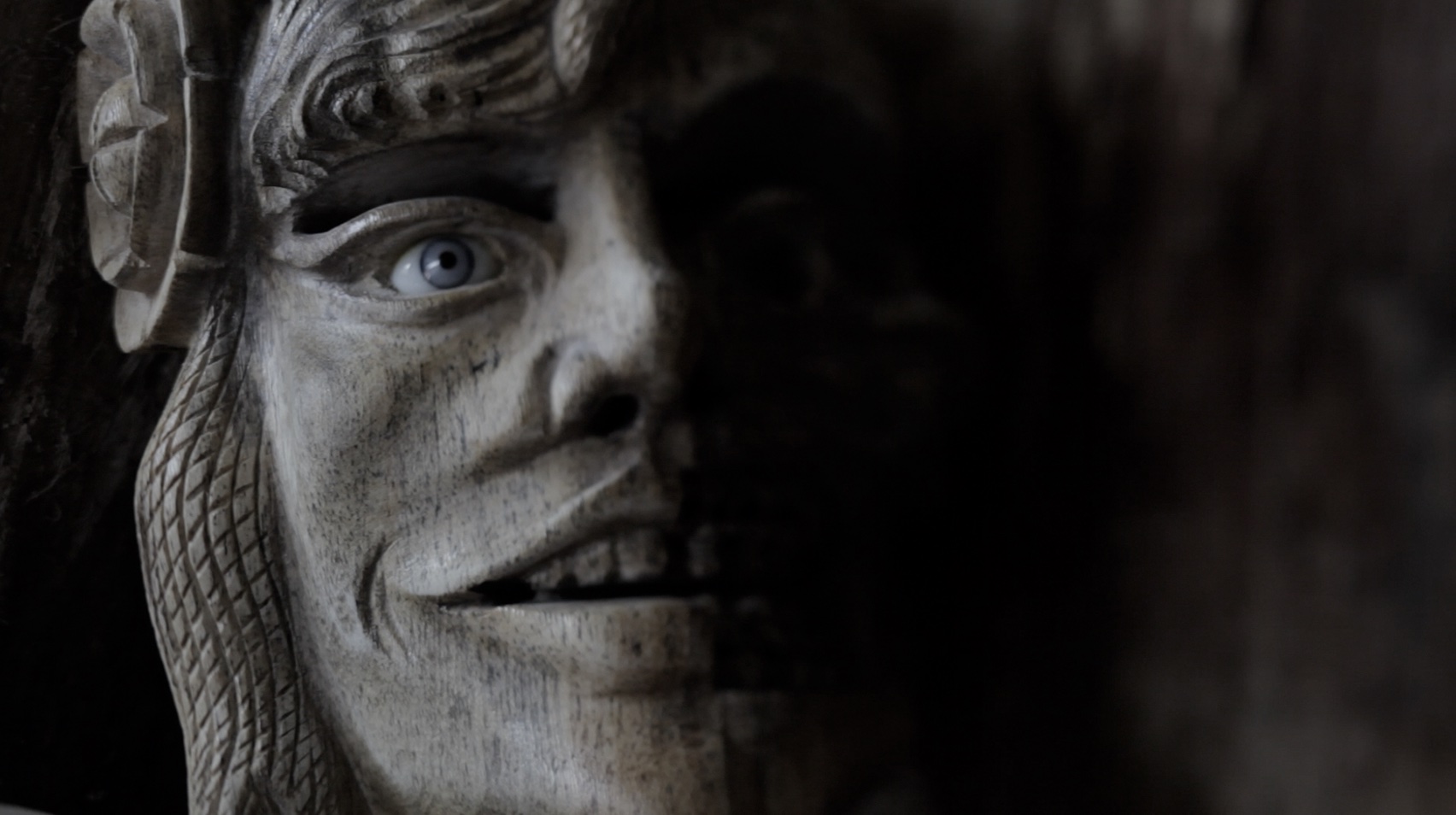The Day of the Dead represents one of the most significant examples of the living heritage of Mexico and the world, as well as one of the oldest and most complete cultural expressions of the Indigenous groups that currently inhabit our country.
Various historical and anthropological studies have confirmed that the celebrations dedicated to the dead not only share an ancient ceremonial practice where Catholic and pre-Columbian traditions coexist, but also manifestations that are based on the ethnic and cultural diversity of the country.
Every year, between October 31 and November 2, Mexico is filled with color, aromas, and memories. Marigolds adorn the paths, copal incense purifies the air, and candles illuminate the altars that honor those who have passed on. The Day of the Dead is not just a festive occasion; It is a living manifestation of the relationship Mexicans maintain with death and their ancestors.
Recognized in 2008 by UNESCO as an Intangible Cultural Heritage of Humanity, the Day of the Dead is more than just a commemorative ritual; it embodies a philosophical and spiritual vision of death, understood not as an end, but as the continuation of existence.
“…this celebration is a reflection of Mexico’s cultural diversity and the enduring presence of indigenous traditions that have adapted to the country’s historical and religious processes.” / The Indigenous Festival Dedicated to the Dead, Intangible Cultural Heritage of Humanity. Paris: UNESCO, 2008

Regional Traditions and Expressions
Although the general meaning of Day of the Dead is common—to honor the deceased—its expression varies by region. In central Mexico, particularly in Michoacán, Puebla, Oaxaca, and the State of Mexico, altars are set up adorned with papel picado (cut paper banners), pan de muerto (bread of the dead), fruit, candles, and photographs.
“Families visit cemeteries and spend the night singing, eating, and talking, accompanying the returning souls.” / Martha Carmona – Day of the Dead in Mexico: Tradition and Symbolism
In Janitzio, a Purépecha community on Lake Pátzcuaro, thousands of candles float on the water, guiding the dead to the island, while in Oaxaca, sand and flower carpets are created, representing symbolic scenes of life and death. In Puebla, arches of marigolds and traditional foods evoke hospitality toward the deceased. In the north of the country, although indigenous traditions are less prominent, the custom of visiting cemeteries and decorating graves persists, a syncretism between the Catholic feast of All Saints’ Day and local practices.
These expressions demonstrate the enormous cultural diversity of Mexico, where the Day of the Dead becomes a bond of national identity, capable of uniting different regions, languages, and beliefs under a shared sense of communion with the ancestors.
Ancestral Wealth: The Indigenous Legacy and the Cosmovision of Death
The origin of the Day of the Dead dates back to Mesoamerican civilizations, for whom death was another stage in the life cycle. Cultures such as the Mexica, Zapotec, Maya, and Totonac conceived of the soul as enduring energy that journeyed to other planes of the cosmos.
Among the Mexica, for example, the deceased traveled to Mictlán, the underworld ruled by Mictlantecuhtli and Mictecacíhuatl. The journey to Mictlán was not a punishment, but a spiritual process of purification that lasted four years, during which the soul was guided by a Xoloitzcuintle dog. The arrival of the Spanish conquistadors and the introduction of Catholicism did not destroy these beliefs, but rather transformed them.
“The festivities of All Saints’ Day (November 1) and All Souls’ Day (November 2) merged with pre-Hispanic ceremonies dedicated to the dead, generating a syncretism that still defines the spirit of the celebration.” / Enrique Florescano – Indigenous Memory.
Thus, the elements that today make up the offerings—flowers, food, incense, candles—retain ancestral meanings. The marigold, “flower of twenty petals,” symbolizes the sun and its guiding light; copal incense cleanses spaces and connects with the spiritual world; the bread of the dead represents the cycle of life and generosity. Each object is a metaphor for the dialogue between the visible and the invisible.

The Mexican Meaning of Death
According to the pre-Hispanic concept of death, the sacrifice of death—the act of dying—is accessing the creative process that gives life. The body dies, and the spirit is given to God (or the gods) as the debt incurred for having been given life. But Christianity modifies the sacrifice of death. Death and salvation become personal; for Christians, the individual is what matters. Beliefs converge again in that life is only justified and transcends when it is fulfilled in death.
The belief in death as the inevitable end of a natural process. We see it every day: flowers are born and then die; animals are born and then die. The contempt, fear, and pain we feel toward death are combined with the reverence we offer it. That is to say, death can be a revenge on life because it frees us from the vanities with which we live and ultimately transforms us all equally into what we are: a pile of bones.
Then death becomes playful and ironic; we call it “calaca,” “huesuda,” “dientona,” “la flaca,” “la parca.” We give the act of dying definitions like “petatearse,” “estirar la pata,” “pelarse,” and “morirse.” These expressions allow us to play and, in a mocking tone, create proverbs and verses. In our games, death is present with sugar skulls or paper cutouts, colorful skeletons, skeleton piñatas, skeleton puppets, and when we draw cartoons or comic strips.

Profound Meaning: Identity, Memory and Cultural Resistance
The Day of the Dead is also an expression of cultural resistance. In a context of globalization where traditions tend to become homogenized, this celebration keeps alive an Indigenous worldview based on respect for ancestors and the community.
“…the rituals of Indigenous peoples are practices of collective memory that reaffirm their right to exist on their own terms.” / Elsie Rockwell – The Everyday School: Between Memory and Forgetting.
The transition from life to death is an emblematic moment that has inspired admiration, fear, and uncertainty in humankind throughout history. For many years, diverse cultures have developed beliefs surrounding death, leading to a whole series of rites and traditions to venerate, honor, ward off, and even mock it.
Mexico is a country rich in culture and traditions; One of the main aspects that shape Mexico’s identity as a nation is its conception of life, death, and all the traditions and beliefs surrounding them.
Honoring the dead is, therefore, a way of reaffirming identity. The altar not only commemorates those who have passed on but also teaches new generations the value of family history and community ties. The Day of the Dead thus becomes a space of cultural continuity, where the past and present intertwine.
“The Mexican frequents death, mocks it, caresses it, sleeps with it, celebrates it; it is one of his favorite toys and his most enduring love.” / Octavio Paz – The Labyrinth of Solitude.

In this intimacy with death resides a profound wisdom: recognizing that life only has meaning when lived with an awareness of time, heritage, and return. The Day of the Dead is not a celebration of the end, but of permanence. Each lit altar, each placed flower, each prepared dish is a gesture of love and cultural resistance.
Through this celebration, the indigenous peoples of Mexico remind us that death is not absence, but transformation, and that memory keeps those we love alive. This celebration, which has transcended borders and centuries, continues to be a mirror of the Mexican soul: a people who find in death the most luminous affirmation of life.
It should be noted that this celebration is not universal among Mexicans. Although it has become a national symbol and is taught as such (for educational purposes) in the country’s schools, many families are more inclined to celebrate All Saints’ Day, as is done in other Catholic countries.
Furthermore, the strong influence of the United States, at least in border areas, is evident in the presence of Halloween, which is celebrated more frequently and in more homes each year. This also explains the concern among Mexicans themselves to preserve the Day of the Dead as part of Mexican culture, in contrast to other similar celebrations.
Bibliographical References
- UNESCO. The Indigenous Festival Dedicated to the Dead, Intangible Cultural Heritage of Humanity. Paris: UNESCO, 2008.
- Carmona, Martha. The Day of the Dead in Mexico: Tradition and Symbolism. Mexico: INAH, 2015.
- López Austin, Alfredo. Tamoanchan and Tlalocan: Places of Origin. Mexico: FCE, 1994.
- León-Portilla, Miguel. The Vision of the Vanquished. Mexico: UNAM, 2006.
- Sahagún, Fray Bernardino de. General History of the Things of New Spain. Mexico: Porrúa, 2002.
- Florescano, Enrique. Indigenous Memory. Mexico: Taurus, 2013.
- Sandstrom, Alan R. Corn Is Our Blood: Culture and Ethnic Identity in a Contemporary Aztec Indian Village. Norman: University of Oklahoma Press, 1991.
- Rockwell, Elsie. The Everyday School: Between Memory and Forgetting. Mexico City: Fondo de Cultura Económica, 2011.
- Paz, Octavio. The Labyrinth of Solitude. Mexico City: Fondo de Cultura Económica, 1950.


